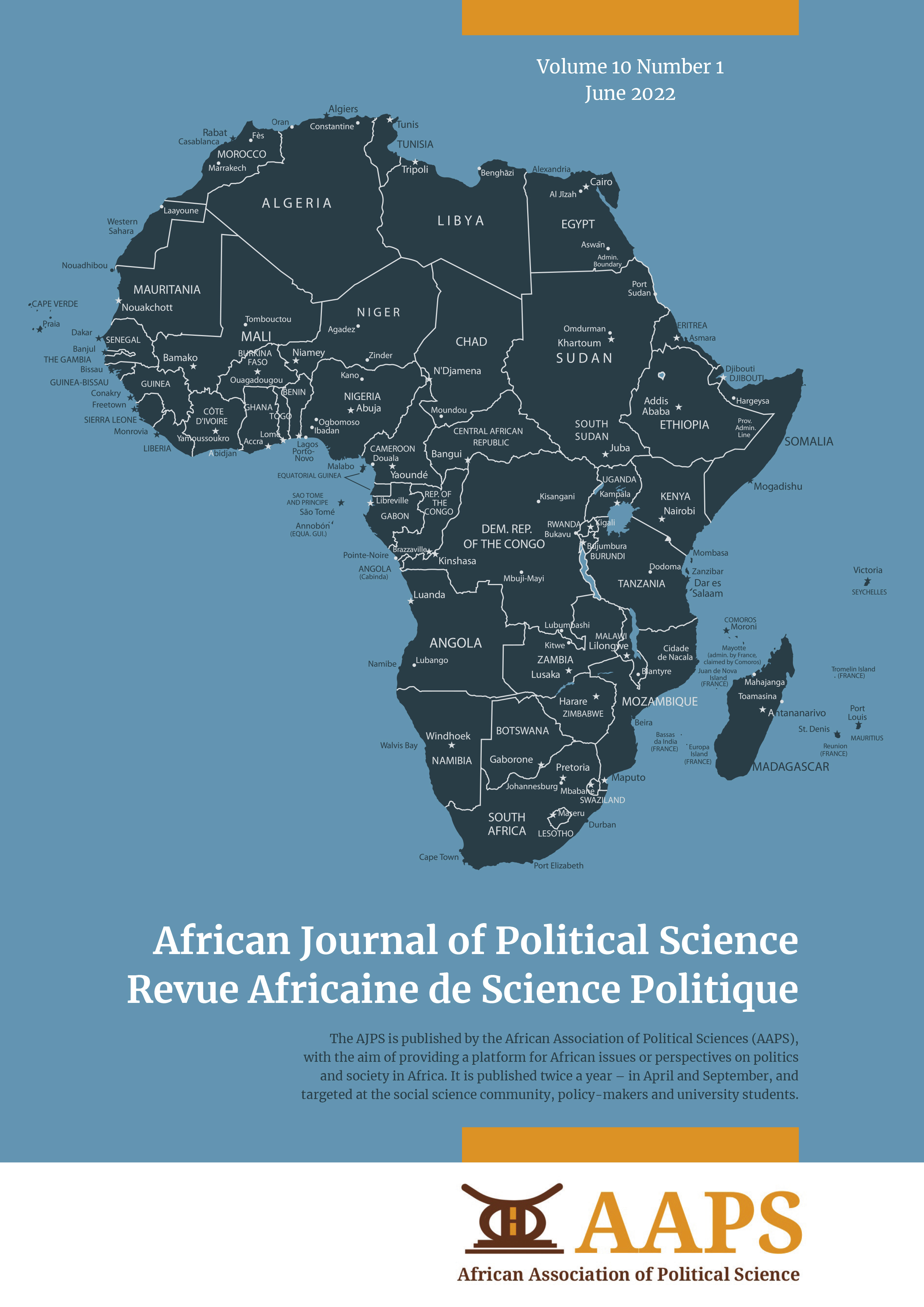Emergency Continued The Problematic of a Liminal Subjectivity
##plugins.themes.bootstrap3.article.main##
Keywords
Résumé
This paper focuses on the themes expounded in Richard Rive’s novel, Emergency Continued. The novel is set in the heat of the State of Emergency sanctioned by the Apartheid state in the 1980s in response to the uprisings in Black and Coloured townships. Andrew Dreyer, a teacher and writer, is the protagonist of the story and is at odds with his sense of self, his belonging, his personal and social history, and his political agency. Using the theme of an uncertain subjectivity, this piece discusses the uneasy problematic that befalls the Coloured subject. There is a great deal that needs to be unpacked regarding Rive’s hint at an uneasy, traumatic and personalised past that his characters are at odds to face. These characters do, however, recognise that a historical reckoning is nonetheless necessary if any semblance of being is to be achieved. Colonialism and oppression have scared and corrupted the Coloured subject’s sense of self, belonging and political agency. This discussion has a relevance to the Coloured subject in a post-apartheid context as many of the complexities, histories and experiences that these individuals face are yet to be grappled with today. From a broader stance, this discussion is linked to theories of Afro-pessimism and the negated ontology beset upon Black bodies. The Coloured subject is however unique in that there is an implicit post-humanist aspect to being mixed race--the supposed product of colonial interaction. What is to be made of the unique experience of Coloured subjectivity? Can a sense of being be achieved through the seemingly impossible odyssey of historical reckoning?
##plugins.generic.articleMetricsGraph.articlePageHeading##
Références
Adhikari, M. (2013). Burdened by Race: Coloured identities in southern Africa. Cape Town: UCT Press.
Camus, A. (2005). The Myth of Sisyphus. London: Penguin.
Erasmus, Z. (2001). Coloured by History, Shaped by Place: New Perspectives on Coloured Identities in Cape Town. Cape Town: Kwela Books.
Erasmus, Z. (2017). Race Otherwise: Forging A New Humanism For South Africa. Johannesburg: Wits University Press. https://doi.org/10.18772/12017090589
Hartman, S. (1997). Scenes of Subjection: Terror, Slavery, and Self-Making in Nineteenth-Century America. New York: Oxford University Press.
Hoffmeester, D. (2018). The fluidity of Colouredness. The Institute for Justice and Reconciliation. Retrieved from https://www.ijr.org.za/2018/04/25/the-fluidity-of-colouredness/.
Mbembe, A. (2001). On the Postcolony. Los Angeles: University of California Press.
Patterson, O. (1985). Slavery and Social Death: A Comparative Study. Cambridge: Harvard University Press.
Posel, D. (2001). Race as Common Sense: Racial Classification in Twentieth-Century South Africa. African Studies Review, 44(2), 87-113. https://doi.org/10.2307/525576
Rive, R. (1988). Emergency. Cape Town: David Philip Publishers.
Rive, R. (1990). Emergency Continued. Cape Town: David Philip Publishers.
Rive, R. (2007). ‘Buckingham Palace’, District Six. Cape Town: New Africa Books.
Trotter, H. (2013). Trauma and memory: the impact of apartheid-era forced removals on coloured identity in Cape Town. In: Burdened by race: Coloured identities in southern Africa (pp. 49-78). Cape Town: UCT Press.
Union of South Africa. (1950). Group Areas Act No. 41 of 1950. Pretoria: Union of South Africa. https://doi.org/10.1080/00358535008451679
Union of South Africa. (1950). Population Registration Act, No 30 of 1950. Pretoria: Union of South Africa.
Wicomb, Z. (1998). Shame and identity: the case of the coloured in South Africa. In: Attridge, D. & Jolly, R. (Eds.). Writing South Africa: Literature, Apartheid, and Democracy, 1970–1995 (pp. 91-107). Cambridge: Cambridge University Press. https://doi.org/10.1017/CBO9780511586286.009
Wilderson, F. B. (2008). Red, White, & Black: Cinema and the Structure of U.S. Antagonisms. Durham: Duke University Press.
Wynter, S. (2003). Unsettling the Coloniality of Being/Power/Truth/Freedom: Towards the Human, AfterMan, Its Overrepresentation—An Argument. CR: The New Centennial Review, 3(3), 257-337. https://doi.org/10.1353/ncr.2004.0015

